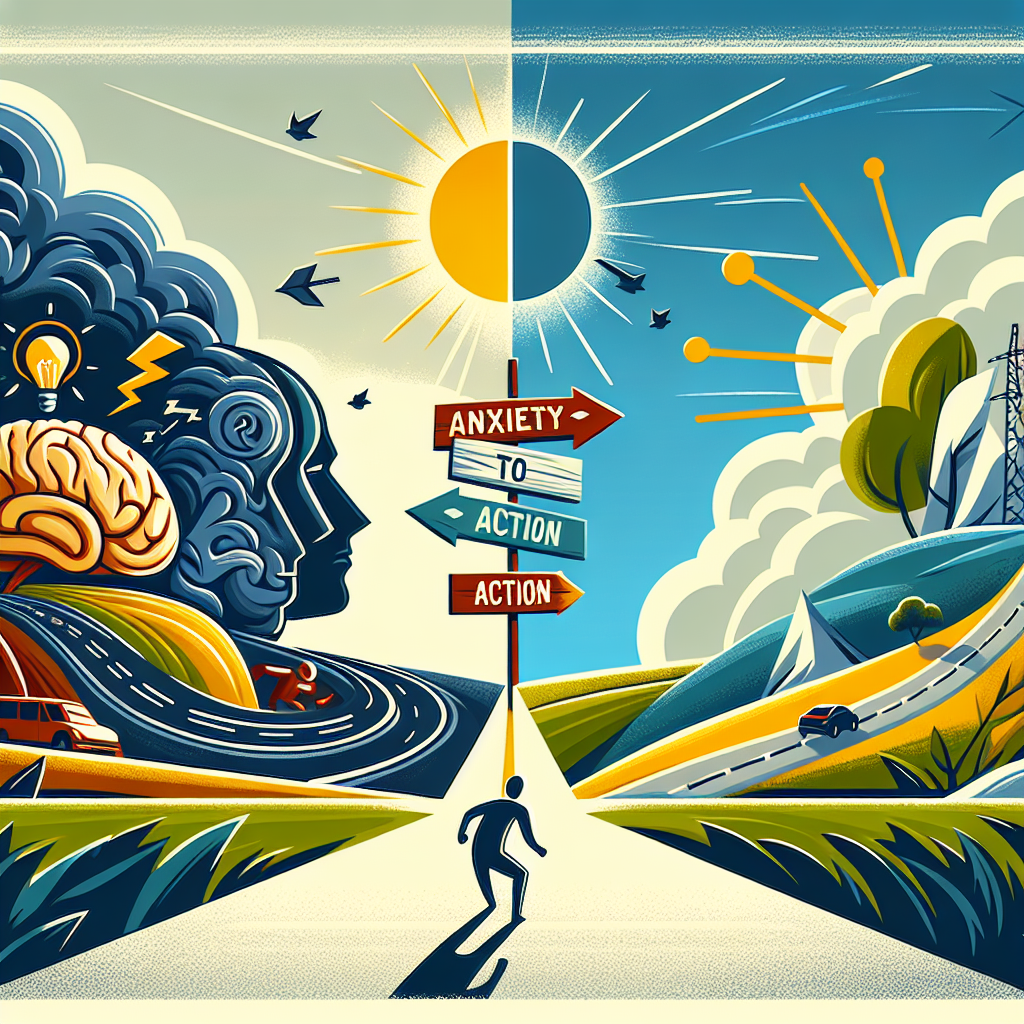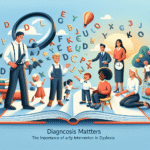
Introduction
Ever felt that tight knot in your stomach when faced with an important decision? Or perhaps you’ve frozen in uncertainty, wrestling with anxiety while life pushes you to act? You are not alone. Fear and anxiety are universal human emotions that profoundly shape our decision-making processes. In this article, we will explore From Anxiety to Action: How Fear Shapes Decision-Making, unlocking how these emotions can either paralyze us or propel us into action.
Understanding the complex relationship between anxiety and decision-making can not only empower us to make better choices but also foster resilience amidst life’s uncertainties. Join us on this journey to discover how you can turn anxiety into action, fueling your growth and success.
The Psychology of Fear and Anxiety
Understanding Fear
Fear is an evolutionary emotion that has served as a survival mechanism for centuries. When we encounter a threat—real or perceived—our brains initiate a fight-or-flight response. This response, although protective, can hinder our decision-making abilities. Here’s how:
- Immediate Response: Upon facing fear, the body releases adrenaline and cortisol, pushing us into a hyper-aware state. While this state enhances alertness, it can cloud rational thinking.
- Fear of Failure: Often, fear leads to a paralyzing worry about potential failure or the consequences of a poor decision, stalling proactive measures.
The Role of Anxiety in Decision-Making
Anxiety, while similar to fear, often arises from prolonged stress—a concern about potential events rather than a response to an immediate threat. It can negatively impact our decision-making by:
- Creating Uncertainty: Anxiety breeds indecision, prompting overthinking and second-guessing.
- Introducing Biases: Anxious individuals may develop cognitive biases, such as catastrophizing or confirmation bias, leading to skewed perceptions of reality.
From Anxiety to Action: The Transformative Power of Fear
The Turning Point: Reframing Anxiety
Rather than simply seeing anxiety as a debilitating force, what if we could view it as a motivational catalyst? The concept of "reframing" allows us to alter our perception of anxiety.
- Mindfulness Techniques: Practicing mindfulness can help ground you, enabling rational decision-making amidst anxiety.
- Cognitive Behavioral Therapy (CBT): CBT techniques can aid individuals in challenging and changing negative thought patterns associated with fear.
Case Study: The Entrepreneurial Leap
Analysis
Consider the story of Sarah, a budding entrepreneur with a strong desire to start her own business. Initially, Sarah’s anxiety about financial instability held her back. However, by reframing her anxiety into a challenge, she took action:
- Identifying Risks: Sarah evaluated her fears concerning her financial investment and created a risk mitigation plan.
- Setting Small Goals: She outlined small, manageable steps towards launching her business, translating anxiety into actionable tasks.
This case illustrates how reframing anxiety can transform it into a driving force for business success.
The Neuroscience Behind Decision-Making
Brain Structures Involved
Understanding the neurobiological basis of fear and anxiety can provide deeper insights into decision-making.
| Brain Structure | Function |
|---|---|
| Amygdala | Processes emotions, especially fear |
| Prefrontal Cortex | Involved in rational thinking and decision-making |
| Hippocampus | Encodes memories and contextualizes fear |
When faced with a decision, the amygdala activates, often overshadowing the rational capabilities of the prefrontal cortex. This biological interplay can lead to impulsive, fear-based decisions rather than well-thought-out responses.
Case Study: The Delayed Gratification Experiment
Analysis
In the famous "marshmallow experiment," children faced the anxiety of choosing between immediate gratification (one marshmallow now) vs. delayed gratification (two marshmallows later). Those who successfully waited typically developed better decision-making skills later in life.
This study underscores that managing anxiety and fear concerning immediate outcomes can foster long-term success—turning anxiety into decisive action.
Practical Strategies to Transform Anxiety into Action
1. Acknowledge Your Fears
Fear doesn’t dissolve overnight. The first step in From Anxiety to Action: How Fear Shapes Decision-Making is recognizing and acknowledging those fears. Naming them gives power back to you, allowing for informed decision-making rather than reactive choices.
2. Establish a Decision Framework
- Pros and Cons List: Outlining the advantages and disadvantages can bring clarity to your thoughts.
- Decision Matrix: Incorporate a matrix evaluating each option by assigning scores to various criteria. This method quantifies your fears, helping to alleviate anxiety.
3. Take Incremental Steps
Instead of diving headfirst into uncertainty, focus on smaller actions. By breaking down decisions, you not only reduce anxiety but also build confidence with every little success.
4. Seek Support
Reaching out to friends, family, or professional mentors can provide insight and validation, making it easier to navigate through heavy emotions.
The Paradox of Choice
Understanding Overwhelm
In today’s world, the abundance of choices can often lead to analysis paralysis—a state where fear of making the wrong choice prevents any action at all.
The Paradox of Choice
- Too Much Information: When faced with many options, individuals often feel overwhelmed, increasing anxiety and leading to poor decision-making.
Solution: Streamlining Choices
- Limit Your Options: Create boundaries around your decisions. Less is often more; focusing on three solid options can ease anxiety.
Building Resilience Through Experience
Embracing Failure
Failures can be potent teachers. By adopting a growth mindset that views mistakes as opportunities for learning, you can diminish the fear associated with possible negative outcomes.
Case Study: J.K. Rowling’s Rejections
Analysis
J.K. Rowling, the author of the Harry Potter series, faced numerous rejections before finally being published. Her perseverance in the face of anxiety and repeated failure transformed her fears into a multi-billion dollar franchise.
This story illustrates that understanding and accepting fear can lead to extraordinary results.
Conclusion
In conclusion, From Anxiety to Action: How Fear Shapes Decision-Making highlights the intricate relationship between fear and our decision-making processes. Recognizing anxiety as a natural emotional response and reframing it as a catalyst for action can empower us to make choices that align with our goals and values.
Embrace your fears, take calculated steps, and remember that action is the antidote to anxiety. The transformative journey from anxiety to action awaits you—are you ready to step forward?
FAQs
1. Can anxiety solely be harmful to decision-making?
No, while anxiety often causes indecision, it can also motivate action when reframed positively.
2. What are some effective mindfulness techniques?
Mindfulness techniques include meditation, deep breathing, and grounding exercises that help focus your mind and ease anxiety.
3. How can I reduce the overwhelm brought on by too many choices?
Narrow your options by setting specific criteria for decisions, focusing on a few relevant choices.
4. Is it normal to feel fear when making big decisions?
Absolutely. Fear is a natural response to uncertainty and can serve as a useful signal for deeper evaluation.
5. How can I ensure that I learn from my failures?
Practice reflection by analyzing what went wrong and developing actionable strategies for moving forward.
This article serves as a resource to help you understand fear, anxiety, and their impact on decision-making. By leveraging these insights, you can empower yourself to press forward with clarity and confidence.












